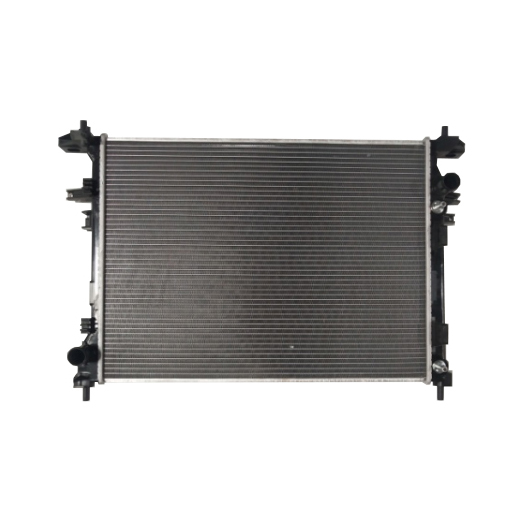What is Automotive Aluminum Plastic Radiator?
2025-04-27
An Automotive Aluminum Plastic Radiator is a type of radiator commonly used in cars and trucks today. It's called "aluminum plastic" because it's made from two main materials:
Aluminum core: The central part (the tubes and fins that transfer heat) is made from aluminum. Aluminum is light, strong, and very good at conducting heat, which makes it ideal for cooling engines.
Plastic tanks: The side tanks (where the coolant enters and exits the radiator) are made from high-strength plastic, often reinforced with fibers like glass fiber to improve durability.
Why use aluminum and plastic together?
Cost-effective: Plastic is cheaper than metal, so making the tanks from plastic keeps the radiator affordable.
Lightweight: Using aluminum and plastic makes the whole radiator lighter, improving the car’s fuel efficiency.
Good cooling performance: Aluminum quickly pulls heat out of the coolant, helping the engine stay at the right temperature.

How it works:
Hot coolant from the engine flows into the radiator.
It passes through the aluminum tubes.
Air flows over the aluminum fins attached to the tubes, pulling heat away.
The now-cooled coolant goes back into the engine.
Potential Downsides:
Over time, the plastic parts can become brittle and crack, especially if the engine runs very hot or if the radiator is exposed to a lot of vibration.
Some high-performance or heavy-duty vehicles still prefer all-aluminum radiators for extra durability.
Guangzhou Hanbo Automotive Parts Co., Ltd is a manufacturer and trader of automotive heat dissipation systems and car refrigeration system products that can develop, designed and manufacture products in the Chinese automotive radiator industry. If you are interested in our products or have any questions, please feel free to contact us.